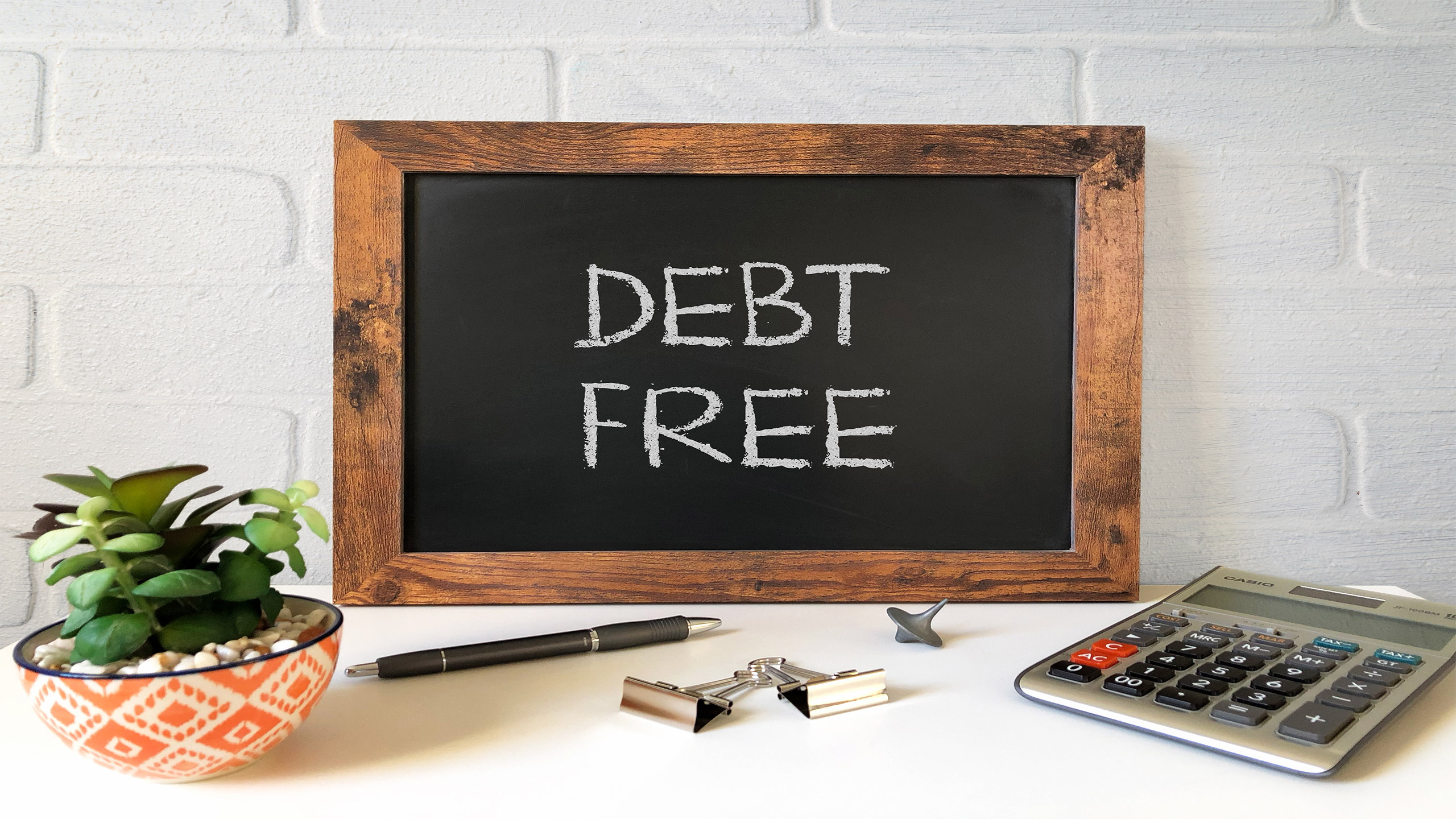In today’s world, achieving financial freedom is a goal that many individuals strive for. One strategy that has gained popularity in recent years is debt recycling. This innovative approach allows individuals to take control of their debt, break free from the chains that bind them, and ultimately pave the way to financial freedom.
Understanding the Concept of Debt Recycling
Debt recycling is a financial strategy that involves utilizing your existing debts to create additional wealth. The basic principle behind debt recycling Australia is to strategically redirect your debts towards investment opportunities that have the potential to generate income or increase in value.
By doing so, you are not only reducing the interest payable on your debts but also leveraging your assets to generate additional income, helping you break free from the cycle of debt.
Debt recycling operates on a few fundamental principles. First and foremost, it requires you to have existing debts, such as a mortgage or credit card balances. These debts act as a tool in the debt recycling process, allowing you to redirect the funds used for repayment towards investments. Learn more how debt recycling can transform your financial landscape.
Secondly, debt recycling involves identifying investment opportunities that have the potential to generate income or increase in value. This could include real estate, stocks, or even starting your own business. By strategically allocating your funds towards these investments, you create a pathway to financial growth.

Furthermore, debt recycling requires discipline and a long-term perspective. It is not a strategy that yields immediate results, but rather one that requires patience and commitment. Rome wasn’t built in a day, and financial freedom won’t be either.
When implementing debt recycling, it is crucial to consider the risk associated with the investments you choose. While the potential for higher returns exists, there is also the possibility of losses. Therefore, thorough research and careful consideration are essential to make informed investment decisions.
Moreover, debt recycling can provide tax advantages in certain situations. Depending on your country’s tax laws, the interest paid on investment loans may be tax-deductible, reducing your overall tax liability. It is advisable to consult with a tax professional to understand the specific tax implications of debt recycling in your jurisdiction.
How Debt Recycling Differs from Debt Consolidation
Although debt recycling and debt consolidation might sound similar, they are fundamentally different approaches. Debt consolidation involves combining multiple debts into a single loan, usually at a lower interest rate.
On the other hand, debt recycling focuses on utilizing your existing debts to create wealth. It involves leveraging your assets and redirecting the funds used for debt repayment towards investments.
While debt consolidation helps simplify your debt repayment process, debt recycling goes beyond that, aiming to create additional wealth and financial freedom.
It is important to note that debt recycling is not suitable for everyone. It requires careful consideration of your financial situation, risk tolerance, and investment knowledge. Seeking advice from a financial advisor or planner can help you determine if debt recycling aligns with your goals and circumstances.
In conclusion, debt recycling is a strategy that allows individuals to leverage their existing debts to create additional wealth. By redirecting funds used for debt repayment towards investments, individuals can reduce interest payable on debts and generate income or increase the value of their assets. However, it is crucial to approach debt recycling with discipline, a long-term perspective, and thorough research to make informed investment decisions and mitigate risks.
The Role of Debt Recycling in Achieving Financial Freedom
Debt recycling plays a crucial role in helping individuals achieve financial freedom. By strategically redirecting your funds towards investments, you can create a cycle of wealth generation that breaks the chains of debt and empowers you to take control of your financial future.
Debt Recycling as a Financial Strategy
Debt recycling is more than just a debt management technique. It is a comprehensive financial strategy that allows you to leverage your assets and create long-term wealth. By using your existing debts to fund income-generating investments, you can build a strong financial foundation.
Imagine this scenario: You have a mortgage on your home, and you also have a personal loan for a car. Instead of solely focusing on paying off these debts, you can take a different approach. By redirecting some of your income towards investments, such as stocks, real estate, or a small business, you can generate additional income streams.
These investments have the potential to provide returns that exceed the interest rates on your debts. As a result, the income generated from your investments can be used to pay down your debts faster, while still leaving you with extra money to reinvest. This creates a positive feedback loop, where your investments continue to grow, and your debts continue to decrease.
However, it’s important to note that debt recycling requires careful planning and consideration. You need to assess the risks involved, choose the right investments, and monitor their performance regularly. It’s also crucial to seek professional advice to ensure that your strategy aligns with your financial goals and risk tolerance.

The Impact of Debt Recycling on Financial Health
When done effectively, debt recycling can have a significant positive impact on your financial health. By reducing the interest payable on your debts and allocating funds towards investments, you can create a virtuous cycle of wealth creation.
Let’s delve deeper into the benefits of debt recycling. As you consistently redirect your funds towards income-generating investments, you not only pay off your debts faster but also increase your net worth. This increase in net worth can provide you with a sense of financial security and open up opportunities for further wealth accumulation.
Moreover, debt recycling can improve your cash flow. As you pay down your debts, you free up more disposable income that can be reinvested or used for other financial goals. This increased cash flow can provide you with more flexibility and allow you to pursue your passions, whether it’s traveling, starting a business, or supporting your loved ones.
Furthermore, debt recycling reduces your dependence on traditional sources of income. Instead of relying solely on your salary or wages, you create additional income streams through your investments. This diversification of income not only provides you with financial stability but also gives you the freedom to explore new opportunities and take calculated risks.
It’s worth mentioning that debt recycling is not a one-size-fits-all solution. The effectiveness of this strategy depends on various factors, including your financial situation, risk appetite, and investment knowledge. Therefore, it’s essential to thoroughly evaluate your circumstances and consult with financial professionals who can guide you through the process.
In conclusion, debt recycling is a powerful financial strategy that can help you achieve financial freedom. By strategically redirecting your funds towards income-generating investments, you can break free from the chains of debt and create a cycle of wealth generation. However, it’s crucial to approach debt recycling with careful planning, professional guidance, and a long-term perspective to maximize its benefits and achieve your financial goals.
The Process of Debt Recycling
Implementing debt recycling requires careful planning and execution. By following a systematic approach, you can ensure that you make the most of this powerful financial strategy.
Steps to Implement Debt Recycling
- Evaluate your current debts: Begin by assessing your existing debts, including their interest rates, repayment terms, and total balances.
- Identify investment opportunities: Research and identify investment options that align with your financial goals and risk tolerance. Consider seeking professional advice to ensure you make informed decisions.
- Redirect funds towards investments: Once you have identified suitable investment opportunities, allocate a portion of the funds that would have been used for debt repayment towards these investments.
- Monitor and adjust: Regularly monitor the performance of your investments and make adjustments as necessary. Stay informed about market trends and seek advice when needed.
- Repeat the cycle: As your investments generate income or increase in value, reinvest these gains back into the cycle of debt recycling. This compounding effect can accelerate your progress towards financial freedom.
Key Considerations in Debt Recycling
- Risk management: Assess and manage the risks associated with your investments. Diversify your portfolio to mitigate potential losses and ensure you have a solid risk management strategy in place.
- Interest rate differentials: Consider the interest rate differentials between your debts and potential investment returns. The goal is to generate higher returns from your investments than the interest payable on your debts.
- Tax implications: Understand the tax implications of your investments and the potential deductions or benefits that may be available. Consult with a tax professional to optimize your tax strategy.

Risks and Rewards of Debt Recycling
Like any financial strategy, debt recycling comes with its own set of risks and rewards. Understanding these can help you make informed decisions and navigate the path towards financial freedom.
Potential Pitfalls of Debt Recycling
One of the key risks of debt recycling is the potential for investment losses. Markets can be unpredictable, and investments may not always perform as expected. It is essential to diversify your portfolio and carefully assess your risk tolerance to mitigate potential losses.
Furthermore, debt recycling requires discipline and a long-term perspective. It may take time to see the desired results, and impatience can lead to poor decision-making. Sticking to your financial plan and maintaining a disciplined approach is crucial.
The Upside of Effective Debt Recycling
On the flip side, effective debt recycling can lead to a range of rewards. By generating income or capital gains from your investments, you can accelerate your journey towards financial freedom. Debt recycling can also help you optimize your tax strategy and reduce the burden of debt repayments.
Moreover, as you build a portfolio of income-generating assets, you create a more stable financial foundation. This can provide a sense of security and peace of mind, knowing that you are actively working towards your financial goals.
The Future of Debt Recycling
As financial landscapes continue to evolve, so too does the concept of debt recycling. Several trends are shaping the future of this powerful financial strategy.
Trends Shaping Debt Recycling
Advancements in technology and the accessibility of information have made it easier for individuals to research and execute debt recycling strategies. Online platforms and financial tools provide individuals with the resources they need to make informed decisions and track their progress.
Additionally, the growing emphasis on sustainable investing and Environmental, Social, and Governance (ESG) factors is influencing the types of investments individuals are considering in their debt recycling strategies. More individuals are opting for responsible and ethical investment options to align their financial goals with their values.
The Long-Term Implications of Debt Recycling
Looking ahead, debt recycling has the potential to become a mainstream financial strategy for individuals seeking financial freedom. As more people recognize the power of leveraging their assets and redirecting funds towards investments, debt recycling could become a fundamental pillar of personal finance.
However, it is essential to approach debt recycling with caution and seek professional advice when needed. Every individual’s financial situation is unique, and what works for one person may not work for another.
In conclusion, debt recycling offers a dynamic and innovative approach to achieving financial freedom. By understanding the basic principles, benefits, and risks associated with this strategy, individuals can break free from the chains of debt and pave their own path towards financial success. As the future of debt recycling unfolds, it holds the potential to change the way we approach personal finance and empower individuals to take control of their financial futures.

Leave a Reply